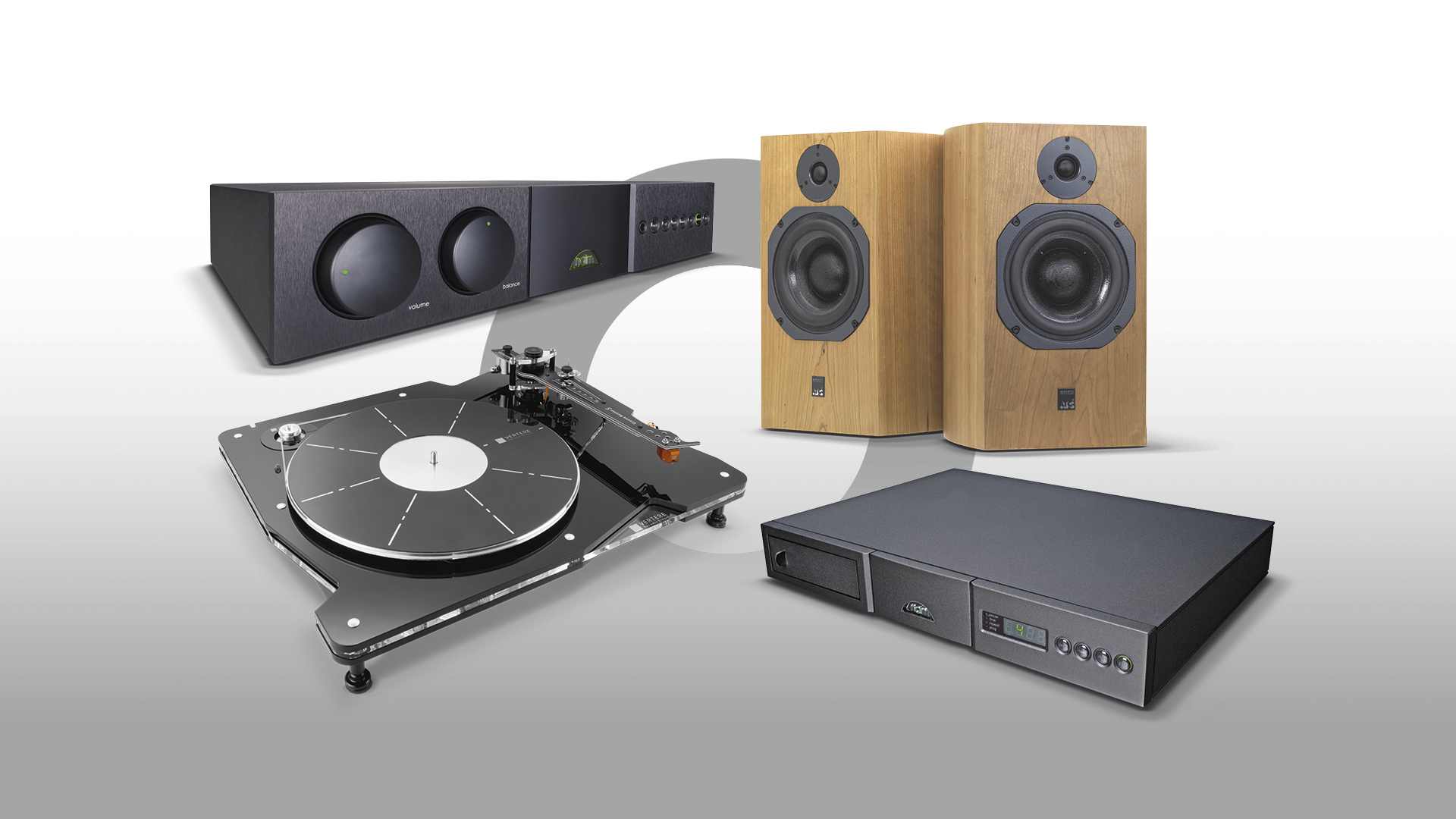
Do not fall into the trap of thinking that the only way to make your system sound better is to change some part of it. While swapping something like an amplifier or the speakers could well upgrade your setup, it isn’t necessarily the only way to improve the sound of your system – particularly if you’ve had it for a few years.
I know it is hardly a glamorous subject, but some simple system maintenance could be all your setup needs to sparkle again. This aspect of hi-fi ownership is usually overlooked simply because everything seems to work properly and still makes a sound. But if you find that music doesn’t keep hold of your attention in the way it used to, it's time to do something about it.
Numerous factors cause sonic degradation over time and they can usually be put right pretty easily. Attending to these things will make your system sound better and not cost you anything other than some time and effort. So, in no particular order, these are some of the things you should look at.
1. Speaker drive unit fixings work loose
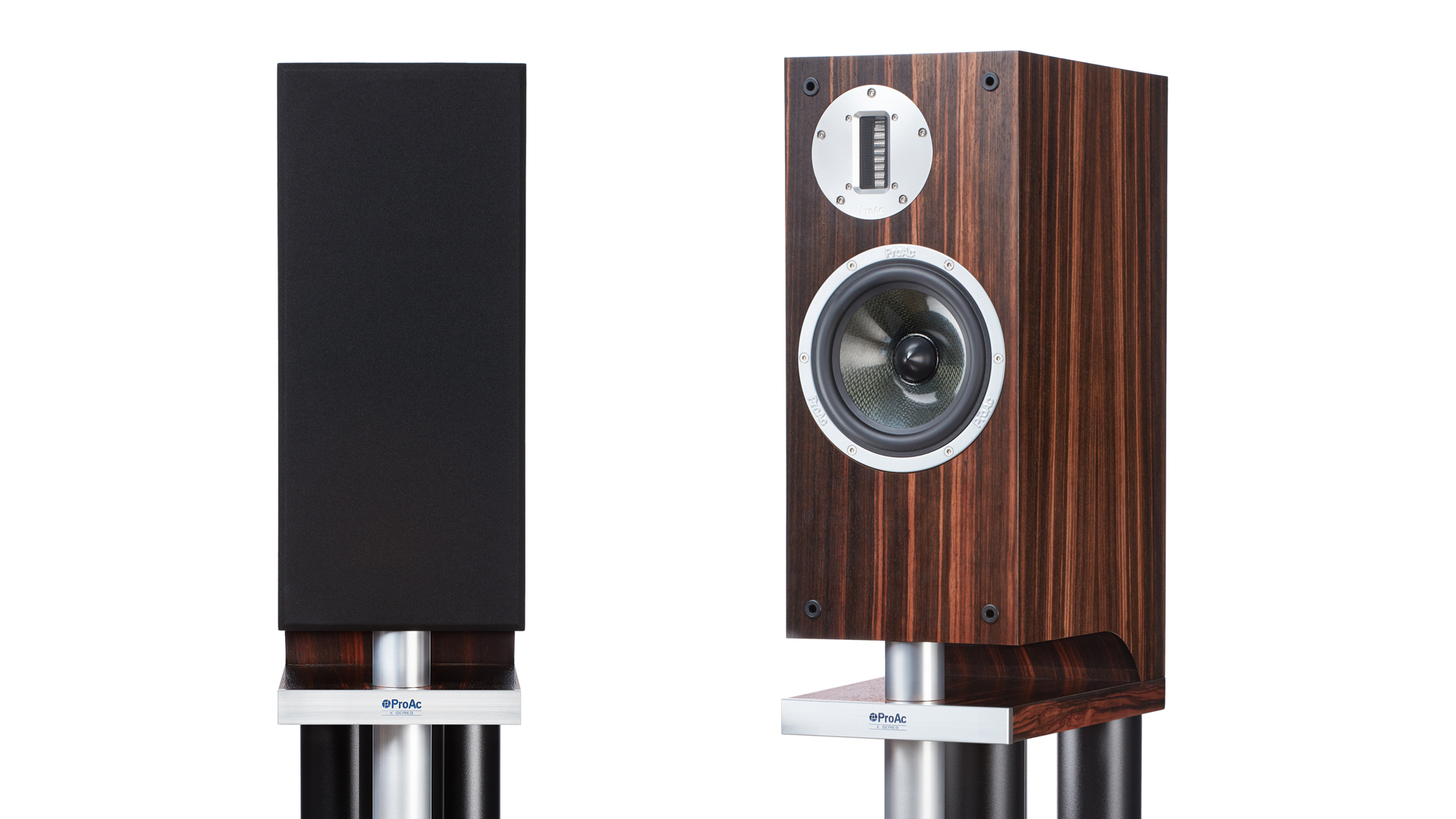
Sound is made by the movement of the drive unit's diaphragm. The mechanical vibrations generated in the driver plus the natural ‘give’ in the wood used by the majority of speaker manufacturers mean drive-unit fixings tend to work loose after extended use. It is well worth giving these a bit of a nip once a year or so.
Be careful not to overdo things though, as it is possible either to damage the driver’s chassis through over-tightening, or to strip the threads if the manufacturer has used conventional wood screws rather than bolts threaded into a metal insert.
If the fixings are even just a little loose, tightening them improves all aspects of performance, from clarity and definition to dynamics.
2. Spikes work loose too
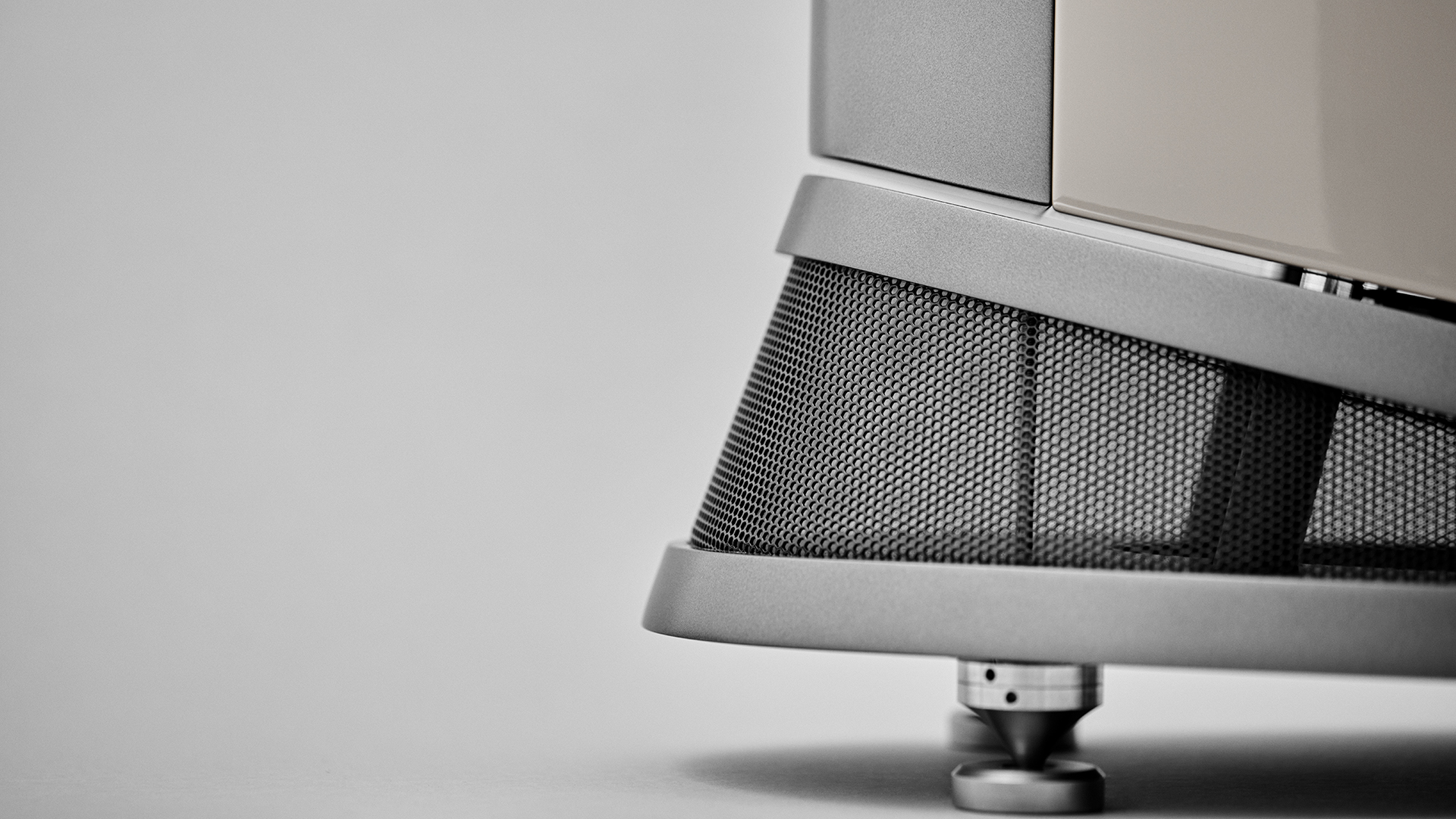
The locknuts that secure spikes on a speaker stand or floorstander can work loose in a similar way to the drive unit bolts, so it is worth checking them. While you are doing that, take the time to ensure they are properly adjusted so that the floorstander or the support don’t rock at all and are perfectly level.
Do so and the speaker cabinet will be held still, and every tiny movement of the driver’s diaphragm will translate into sound rather than being lost in the unwanted movement of the speaker’s enclosure. That can only be a good thing.
3. A firm foundation helps
This is one for those with suspended wooden floors. If the spikes on your floorstanders or stands are having trouble making solid contact with the floor due to a thick carpet or rug, it is often beneficial to insert crosshead screws into the floor and sit the spike points securely in the crosshead.
In our experience, this makes a great deal of difference to the clarity and precision of a speaker's sound because it provides a really firm contact with the floor. Just make sure there are no water pipes or electrical cables in the area where the screw goes. Nobody wants the hassle and potential danger of damaging those things.
4. Cleaner electrical contacts equals better sound
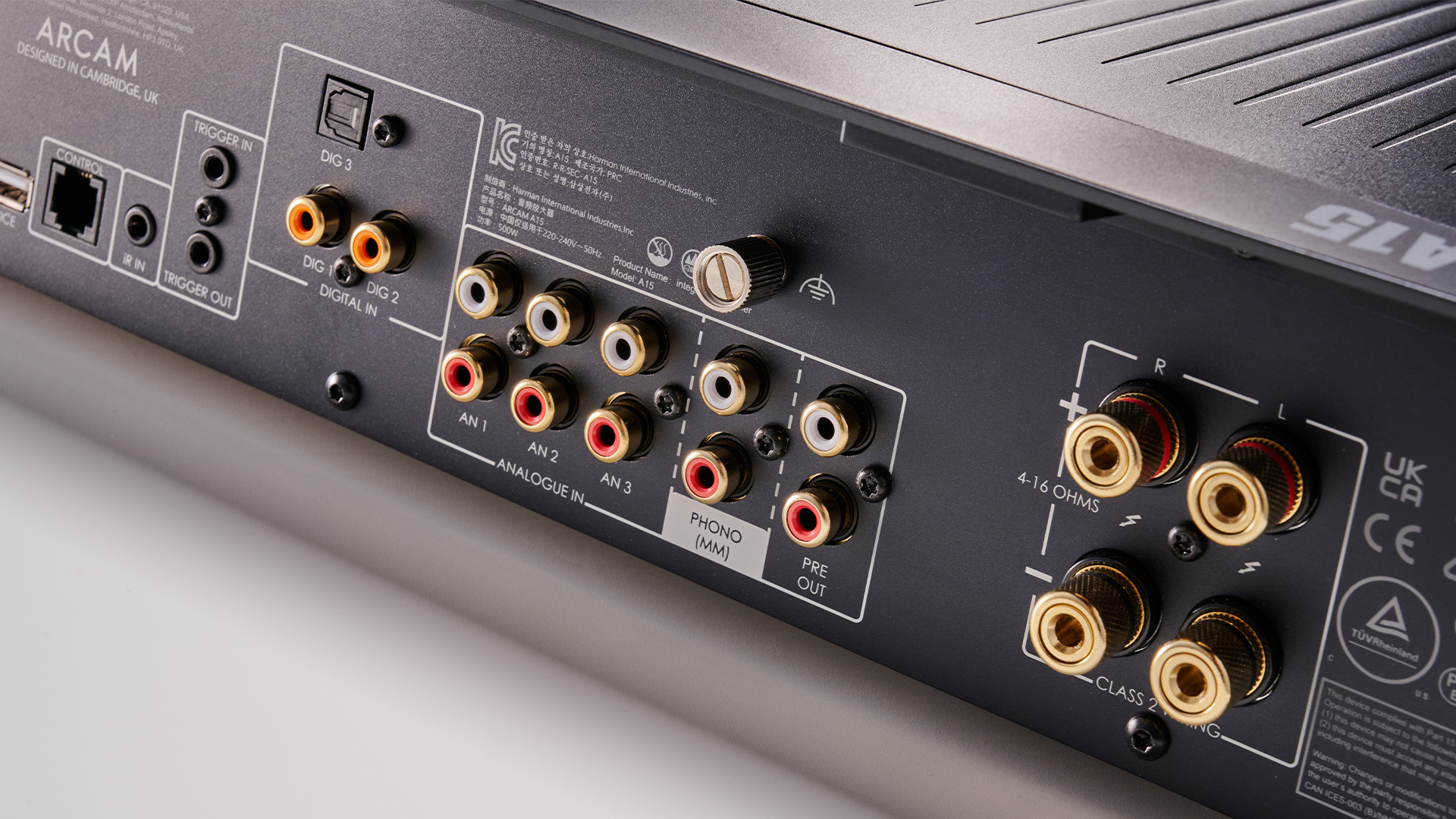
The music signal has to navigate plenty of electrical circuitry as it travels from your streamer, CD player or turntable through the amplifier before ending up at your speakers. The signal path contains all sorts of contacts – internal (which you can’t do much about) and external in the form of interconnect and speakers cable connections (which you can).
These contacts become oxidised over time which affects the signal as it passes through. So, it is worth disconnecting and re-connecting all the interconnects and both ends of the speaker a few times each. Doing so will clean the contact between the cable and the socket. It’s important to turn the system off when you do this to prevent any possible damage.
Cleaning all these contacts seems like a small thing, but it can make a surprising amount of difference, particularly if it hasn’t been done for years.
The same would apply to the metal plates that link the bi-wire terminals on most speakers. Ideally, these should be replaced with short pieces of speaker cable, but if you can’t do that, taking the plates out and wiping the ends with some form of contact cleaner will work. Also, once you are done, make sure the speaker terminals are tightened down properly on the plates so that a solid contact is made.
5. Tidy wiring isn't just for neatness
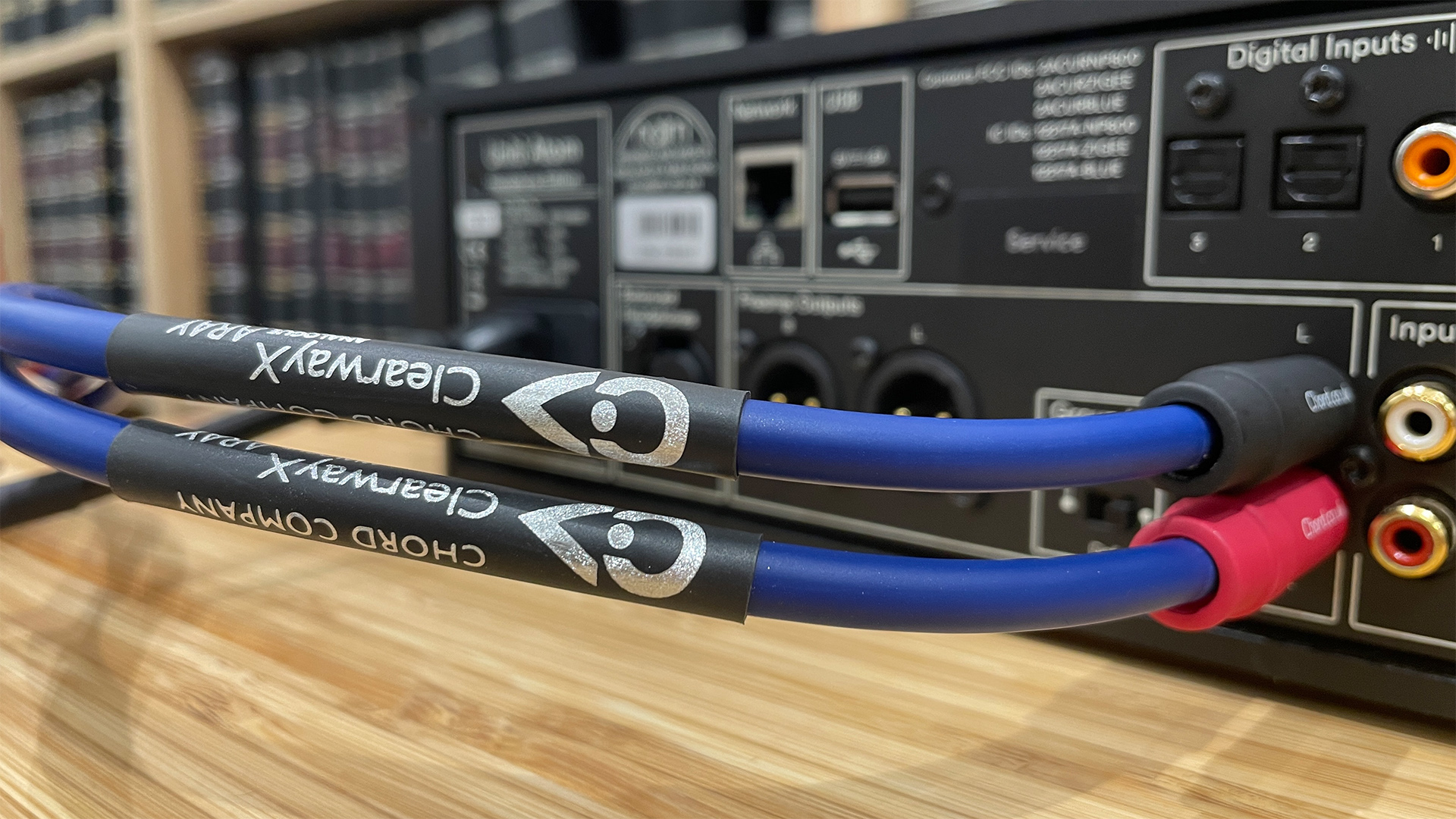
The wiring around the back of your system can quickly become an intertwined mess, particularly if parts of the system are changed or moved around over time. The problem with this isn’t only visual; having mains leads close to signal-carrying interconnects, particularly those from a turntable, can degrade your system’s performance noticeably. It comes down to the magnetic fields generated when any conductor carries an electrical current, and how those fields interact.
At worst, it will add unwanted hum into the sound, but more usually it affects the transparency and clarity of your setup. Aim to keep any mains leads as far away from the signal-carrying cables as practical.
6. Speaker positioning matters
Speaker positioning is one of the most critical aspects of a hi-fi installation and can make or break the sonic results. If you have bought a system packed full of five-star performers and Award winners, but then simply plonked the speakers down in the most convenient spots in the room, you aren’t really hearing what your setup can do.
First of all, check the manual to find the manufacturer’s recommended placement for your speakers. This will tell you if those speakers need a bit of space to breathe or if they can be used close to a wall.
Most designs we test tend to sound better when used at least 40cm from the back wall, and very few sound anywhere near their best placed close to any side wall, due to the way it affects their stereo imaging and tonality. Placing a speaker close to any wall emphasises bass, and unless they have specifically been designed to go there the effect is rarely positive, making the speakers sound ponderous and thick.
Try to position the speakers so that the direct environment around them is as identical as possible, and the main listening position is an equal distance from them. Even changes of position as small as 5cm can make quite a considerable sonic difference, so feel free to experiment. After all, moving speakers around doesn’t cost anything, does it?
7. Equipment supports matter
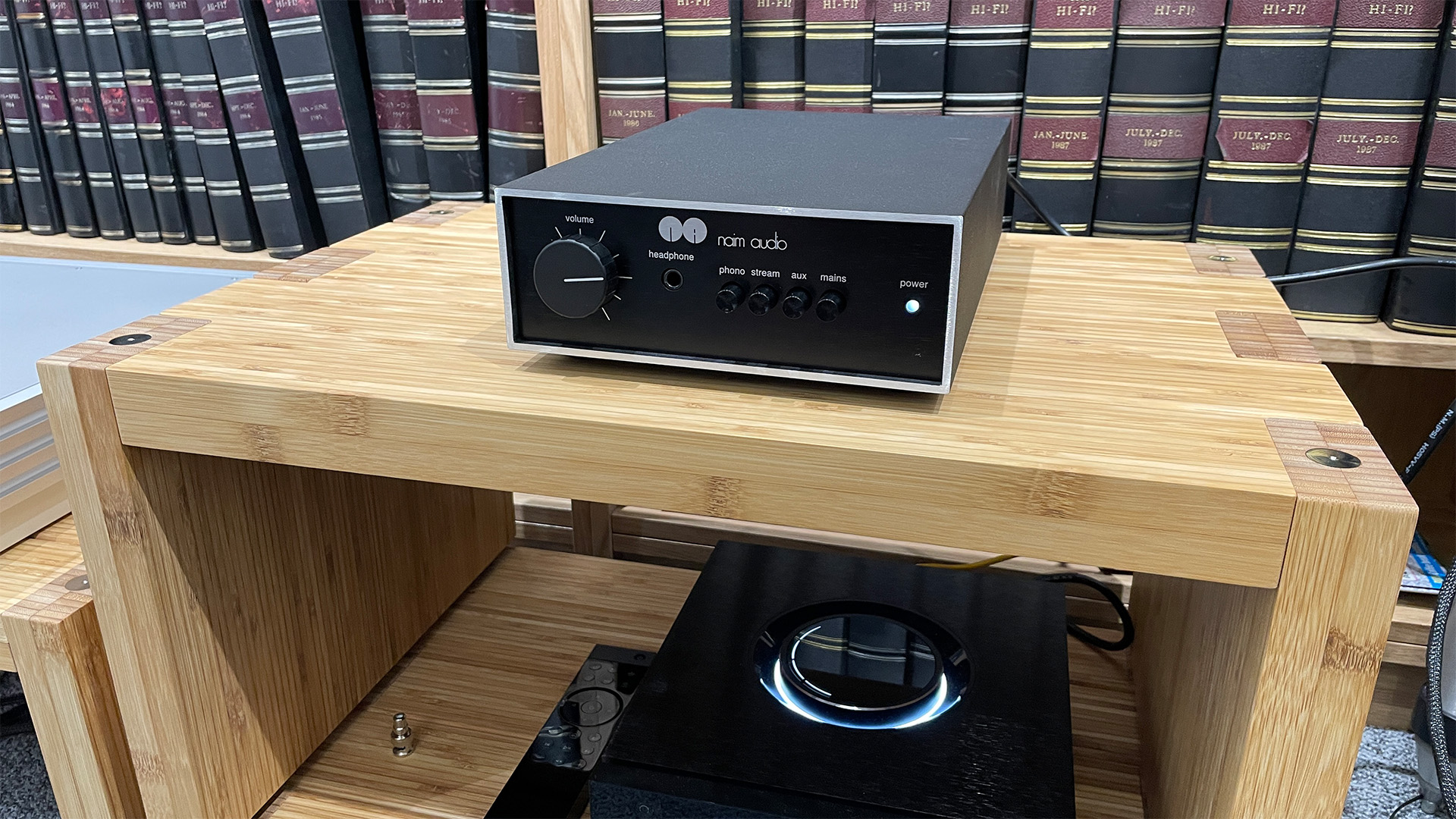
If you have a dedicated equipment support, well done. Many people don’t go to the trouble and expense of getting one; and in most cases, their system’s performance suffers. There are so many supports on the market, priced from budget to eye-watering, but there are certain basic requirements they all have to fulfil. They should be low resonance, level and solid enough to support the equipment. Does the support being level make the kit sound better? Unless we’re talking about a turntable (or a CD player to a lesser extent) the answer is a no; but it just looks nicer – and that matters!
Also, if you assembled your rack a few years ago, it is worth checking that it is still as tightly put together as it was when you first made it. Things tend to become a little looser over time. As in many other areas of hi-fi, tightening things up can make a small but significant difference to your system’s sound.
Lastly, try not to stack your components unless they are specifically designed to be used that way. The vast majority are not. The low-level mechanical vibrations generated in each component and the various magnetic fields produced by the circuits and power supplies in each product will interact, and not in a good way, spoiling the performance of each product.
It is also possible to cause overheating issues if the vent holes of the product, usually an amplifier, are blocked while stacking. This affects not only sound but long-term reliability too.
8. And one for turntable owners...
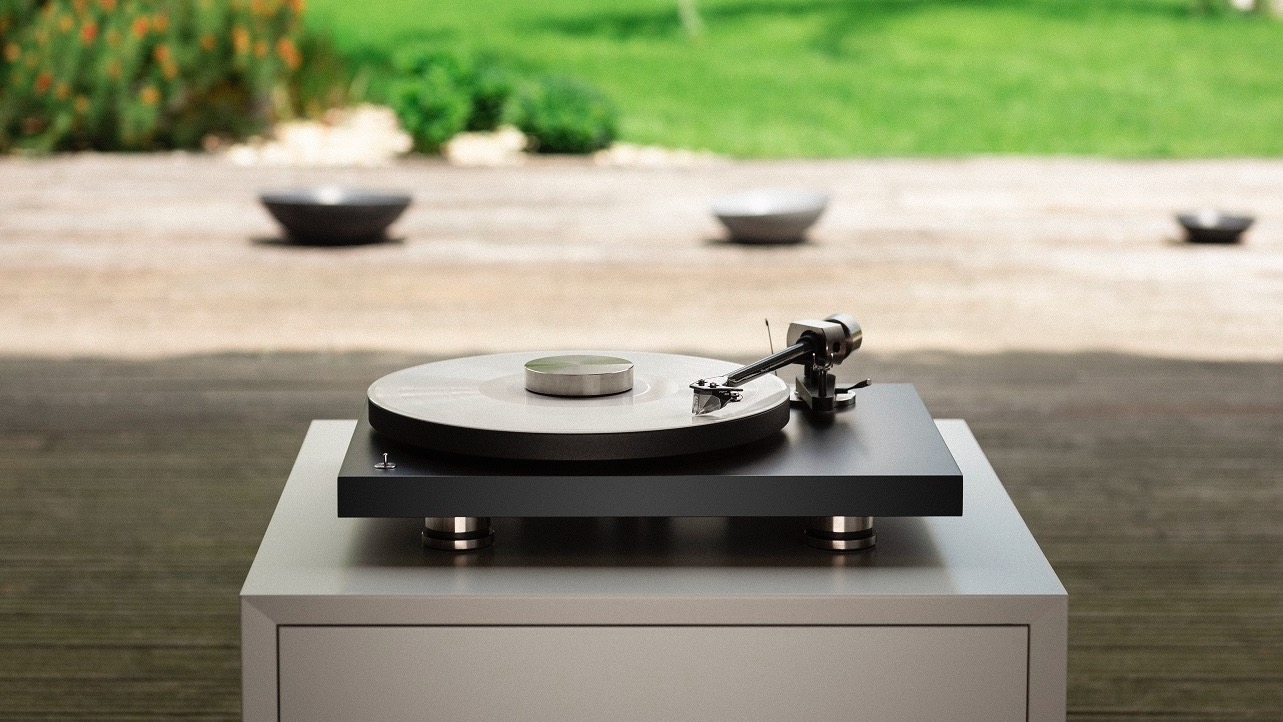
Record players are wonderful things, but they need a bit of love and attention over time. If you use your player regularly, it is well worth getting it serviced. A dealer should have the skill and experience to do it properly, but you can also do it at home if you are mechanically minded.
Just make sure you use the right oil for the main bearing (remember to clean the remnants of the old oil out beforehand). Also, be extra careful when taking the bearing shaft out of the housing to avoid damage. Check the condition of the drive belt (if your deck is a belt-drive design) and the tracking weight and bias settings again. There is no harm in checking the bolts holding the cartridge for tightness either, though take care not to overdo it otherwise the cartridge body could easily be damaged,
Certain parts such as the stylus tip or the drive belt on a turntable wear over time and so may need to be replaced – but in most cases that will be after many years of use.
A properly matched hi-fi system is a wonderful thing. It is a complex collection of mechanical and electrical, so it is no surprise that it needs a little attention after years of use. It is a sensitive thing too, so while many of the things I have mentioned seem insignificant, every small gain adds up to give, in the end, noticeable improvements – all without spending a penny.
MORE:
Your hi-fi system's sound is being ruined and you don't even know it







